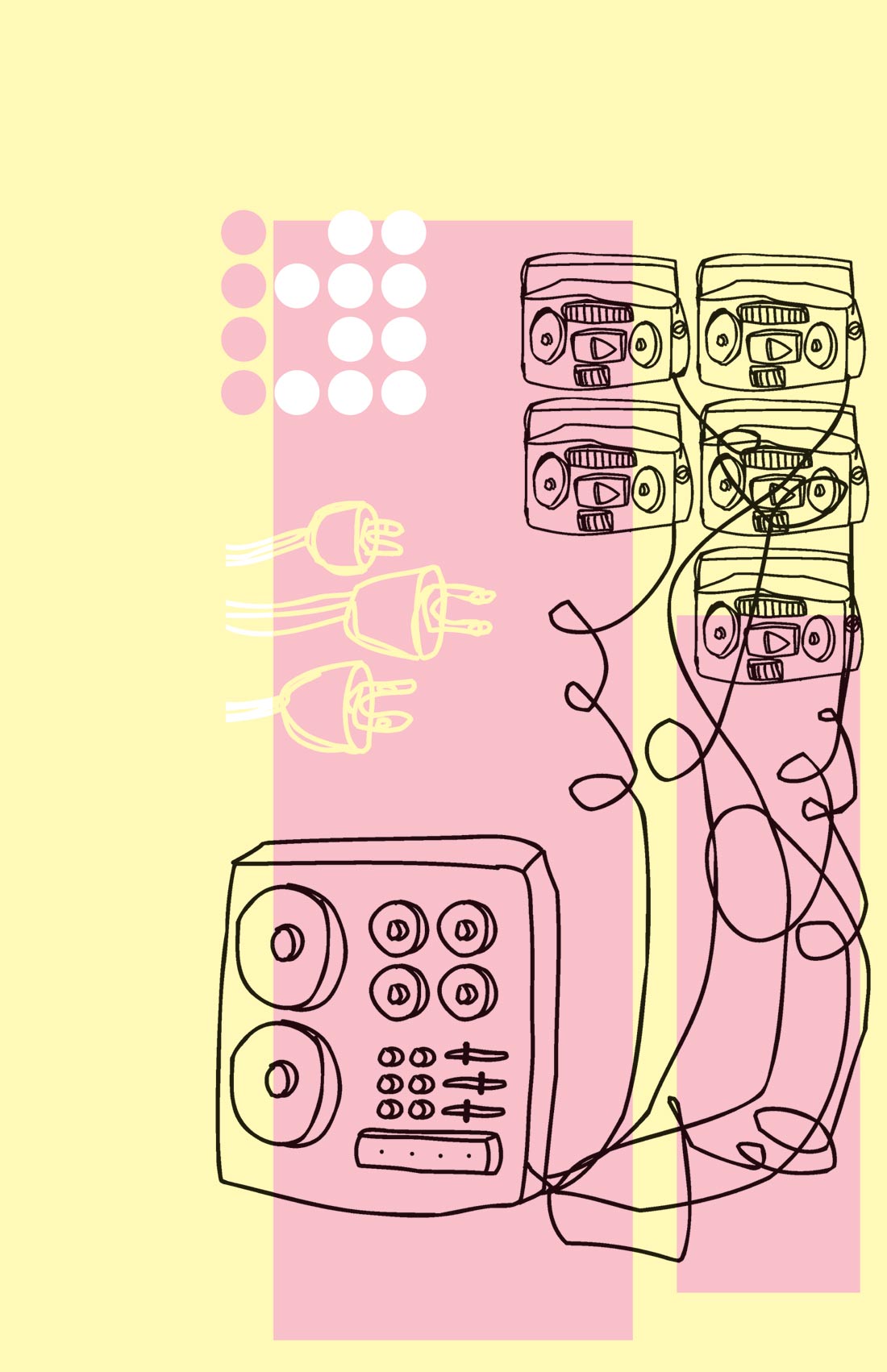Many of us don't have the means to afford a rack full of processors to do all the things we need to do as practitioners of our field. So instead, we end up making compromises, oftentimes buying gear that is capable of performing more than one task, but not necessarily with the fidelity or control that single pieces of gear might afford us. When I first picked up my BSS DPR-944 a couple years ago, I bought it because I needed a multipurpose box with a tunable gate and a decent compressor that could also work as a de-esser. I couldn't afford to buy many boxes to perform the functions individually. Little did I know that this unit would remain such an important part of my arsenal of processors - even as my racks filled later with no-compromise, single- purpose boxes costing many times more. The DPR-944 is a 1U box with four discrete processors: two gates and two compressors. Unlike most gate/compressor combos, the rear panel has four sets of balanced I/O connectors. The gate does not feed the compressor. Therefore, you can use the four processors independently. Each gate has the typical threshold and release knobs. A depth switch allows you to choose the amount of gating, and an attack switch provides you with the choice of fast or slow rates. A knob for sweeping the center frequency of a bandpass filter, in conjunction with a switch for the filter width, allow you to EQ the key signal. Therefore, you can "tune" the gate to follow a certain pitch. This is really nothing new. There are many gates that allow you to tune to the key signal, but they're usually not available in a compressor/gate combo. The DPR-944's compressors, on the other hand, are somewhat unique. They are frequency-selective compressors. Like the individual bands of multi-band compressors, each of the DPR-944's compressors allows you to choose a range of frequencies to compress. Alongside the "regular" compressor controls - threshold, ratio, release, and gain - there are two additional knobs: frequency and width. You use these to parametrically choose what part of the frequency spectrum you want to compress. The obvious use of frequency-selective compression is de-essing. It's a no- brainer setting up the DPR-944 to clamp down on the sibilant, higher frequencies while leaving the lows and mids untouched. You can't do this with a regular compressor, even if you sidechain an EQ. (Sidechaining an EQ to a regular compressor lets you choose when the compressor reacts, but the sidechained compressor will still compress across the whole spectrum when it does kick in.) A less obvious use of frequency-selective compression is adding clarity to an overly "muddy" track. For example, if you've got a kick drum whose "thud" is too blurry or gets in the way of the bass guitar, you could try EQing the lower mids out of it. But doing so would have a detrimental effect on the resonance of the drum. By compressing the lower mids with the DPR-944, you can clean up the thud without hurting the resonance. Same goes for acoustic guitar. If the big chords are too boomy, but you don't want to EQ out the nice ring, use the frequency-selective compressor to control the big booms on the strums while letting the sound of the body ring out. As if the tunable gate and the frequency-selective compressor weren't enough, the DPR-944 will also operate as a parametric bandpass EQ (although not at the same time as a compressor). It's the Swiss-army knife of dynamics processors. But instead of it being a bunch of compromised tools in a single package, each individual tool is more useful than what you'd find in single-purpose units at the same price point. And of course, the unit sounds great! I use my DPR-944 on virtually every session. ($899, www.bss.co.uk)
Dynamics, Plug-Ins | No. 124
Limitless Mastering Limiter Plug-In
by Garrett Haines
I'll admit that when I first tried Limitless, I found myself totally frustrated with its countless features and information-heavy graphics, when all I was trying to do was use it as a basic limiter....




_disp_horizontal_bw.jpg)